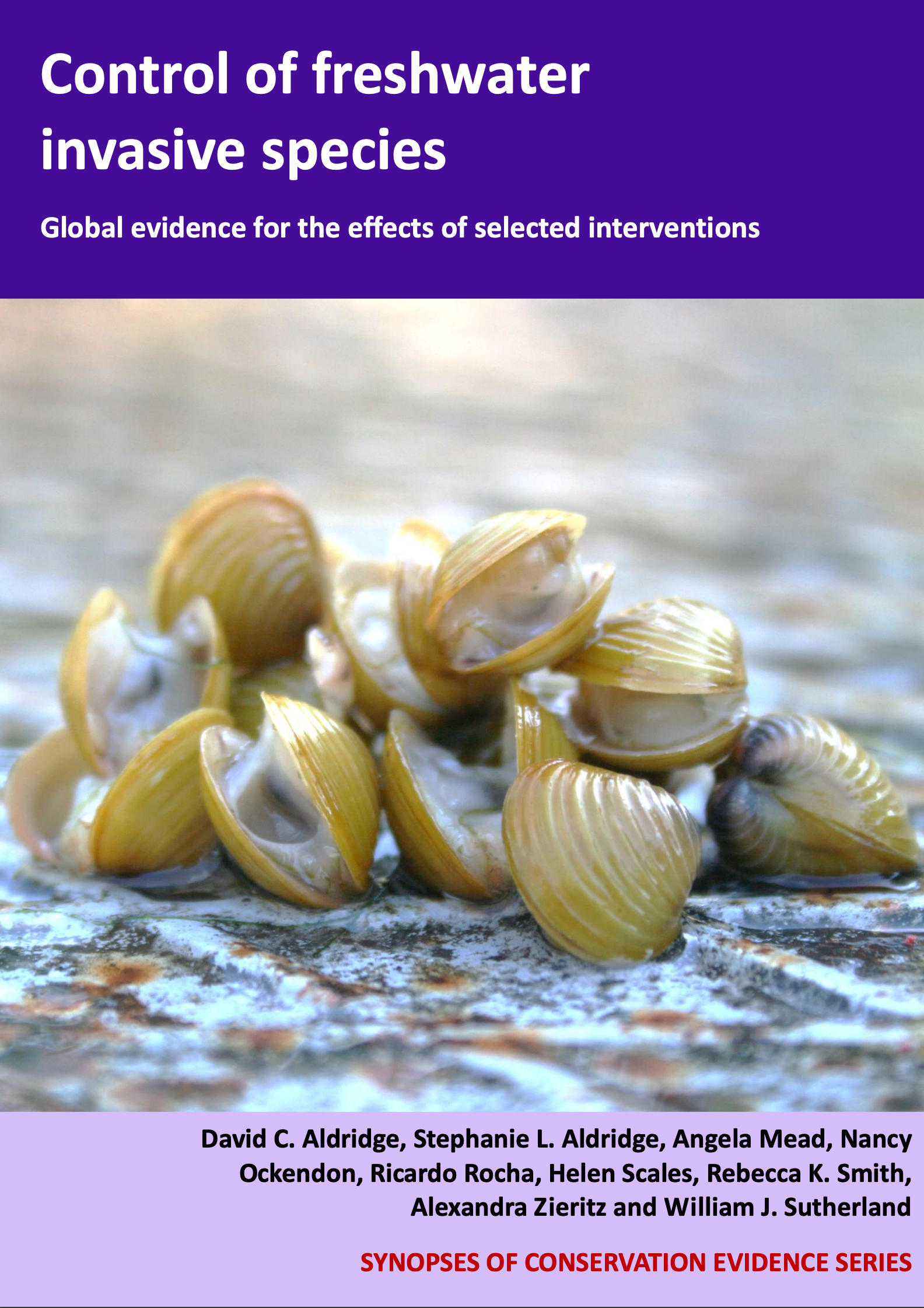Asian clams: Clean equipment
-
Overall effectiveness category Likely to be beneficial
-
Number of studies: 1
View assessment score
Hide assessment score
How is the evidence assessed?
-
Effectiveness
75% -
Certainty
50% -
Harms
not assessed
Study locations
Supporting evidence from individual studies
A study conducted in 1980-2010 at a power station and drinking water treatment plant in Portugal (Rosa et al. 2011) found that subjecting structures infested by the Asian clam Corbicula fluminea to cleaning, maintenance and sand filtration prevented or reduced re-infestation. At the power station, cleaning and maintenance procedures completely removed clam populations from the bypass channel of the power station and prevented re-infestation. At the treatment plant, installation of a multilayer sand-filter downstream from the raw water reservoir significantly reduced the amount of Asian clams passing through into the waterworks. Of the facilities managers interviewed, three out of 420 drinking water plants and two out of six power plants provided details on clam control. Managers were interviewed about past or current occurrence of clam infestation episodes, the types of structures affected, interventions in place and their degree of success. Interventions included mechanically removing and washing out clams, shortening the period between filter maintenance and regularly replacing sand in the multilayer sand filter.
Study and other actions tested
Where has this evidence come from?
List of journals searched by synopsis
All the journals searched for all synopses
This Action forms part of the Action Synopsis:
Control of Freshwater Invasive Species
Control of Freshwater Invasive Species - Published 2017
Control of Freshwater Invasive Species Synopsis





)_2023.JPG)














